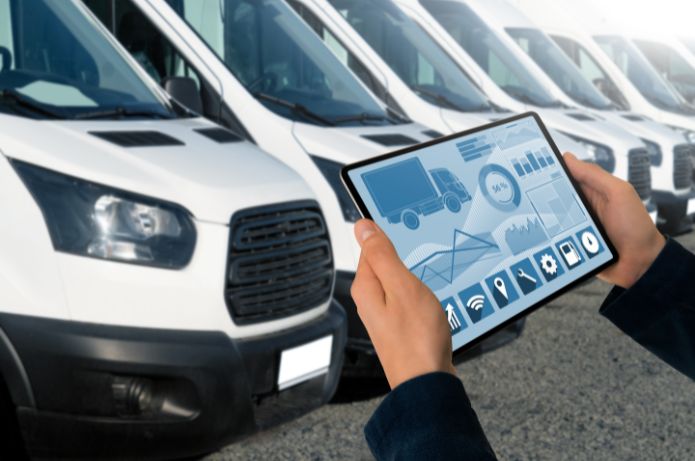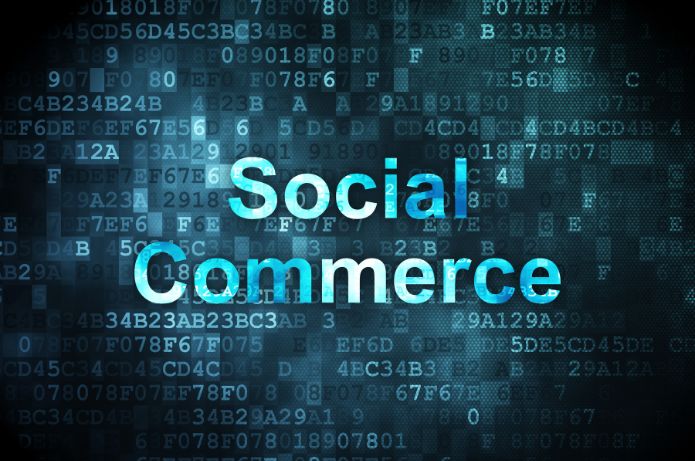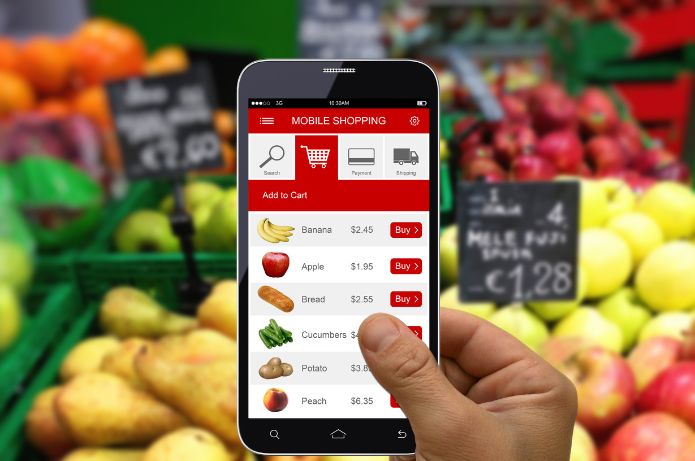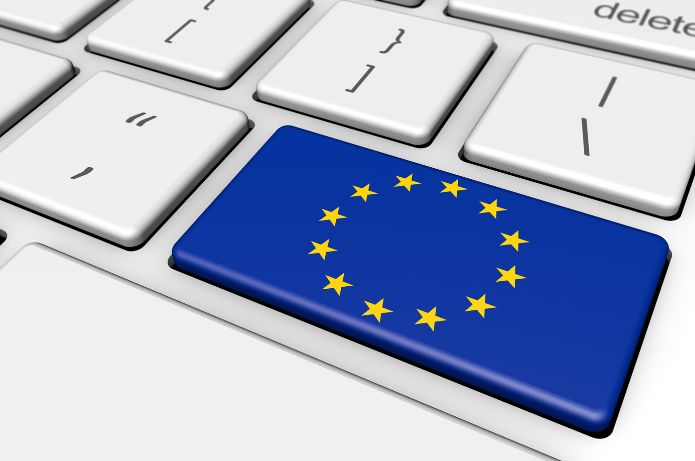Definition:
Hubs de Transportadoras, também conhecidos como centros de distribuição ou centros logísticos, são instalações estrategicamente localizadas que servem como pontos centrais para o recebimento, organização, consolidação e redistribuição de mercadorias em uma rede de transporte e logística.
Main Concept:
Estes hubs funcionam como nós centrais em uma rede de distribuição, conectando diferentes rotas de transporte e otimizando o fluxo de mercadorias entre origem e destino.
Main Features:
1. Localização Estratégica:
– Posicionados em pontos geograficamente vantajosos.
– Próximos a grandes rotas de transporte, portos ou aeroportos.
2. Infraestrutura Avançada:
– Áreas de armazenagem de grande capacidade.
– Equipamentos de movimentação de carga modernos.
– Sistemas de gerenciamento de armazém (WMS) sofisticados.
3. Operações 24/7:
– Funcionamento contínuo para maximizar a eficiência.
4. Multimodalidade:
– Capacidade de lidar com diferentes modos de transporte (rodoviário, ferroviário, aéreo, marítimo).
5. Serviços de Valor Agregado:
– Embalagem, etiquetagem, montagem de kits, entre outros.
Funções Principais:
1. Consolidação de Carga:
– Agrupamento de pequenas remessas em cargas maiores para transporte mais eficiente.
2. Cross-docking:
– Transferência direta de mercadorias entre veículos, minimizando o tempo de armazenagem.
3. Distribuição:
– Separação de grandes carregamentos em remessas menores para entrega final.
4. Armazenagem Temporária:
– Estocagem de curto prazo para gerenciar flutuações na demanda.
5. Processamento de Pedidos:
– Preparação e expedição de pedidos para clientes finais ou outros centros de distribuição.
Advantages:
1. Eficiência Operacional:
– Redução de custos através da otimização de rotas e consolidação de cargas.
2. Rapidez na Entrega:
– Diminuição do tempo de trânsito das mercadorias.
3. Cobertura Geográfica Ampliada:
– Capacidade de atender mercados mais distantes de forma eficiente.
4. Flexibilidade:
– Adaptação rápida a mudanças na demanda ou condições de mercado.
5. Rastreabilidade:
– Melhor controle e visibilidade do fluxo de mercadorias.
Challenges:
1. Complexidade Operacional:
– Necessidade de sistemas sofisticados de gerenciamento.
2. Investimento Inicial:
– Custos elevados para estabelecimento e manutenção da infraestrutura.
3. Coordenação:
– Sincronização eficiente entre diferentes modos de transporte e parceiros logísticos.
4. Regulations:
– Conformidade com diferentes legislações, especialmente em operações internacionais.
Future Trends:
1. Automação e Robotização:
– Implementação de sistemas automatizados de movimentação e separação de cargas.
2. Inteligência Artificial e Big Data:
– Uso de análises preditivas para otimização de rotas e gestão de estoque.
3. Sustentabilidade:
– Foco em operações mais verdes e eficientes energeticamente.
4. E-commerce:
– Adaptação para atender às demandas crescentes do comércio eletrônico.
Conclusion:
Os Hubs de Transportadoras desempenham um papel crucial na moderna cadeia de suprimentos, atuando como centros nevrálgicos que impulsionam a eficiência e a velocidade na movimentação de mercadorias. Ao centralizar e otimizar operações logísticas, esses hubs permitem que as transportadoras ofereçam serviços mais rápidos, confiáveis e econômicos. Conforme a demanda por entregas mais rápidas e eficientes continua a crescer, especialmente impulsionada pelo e-commerce, a importância e a sofisticação desses centros logísticos tendem a aumentar, incorporando tecnologias avançadas e práticas sustentáveis para atender às necessidades em constante evolução do mercado global.











